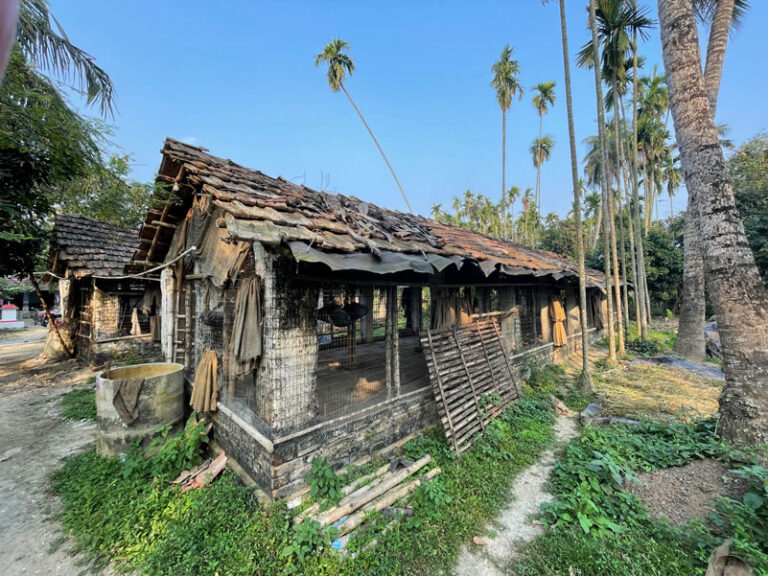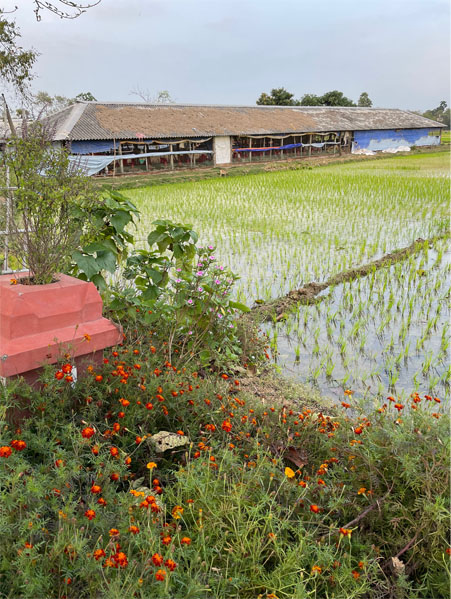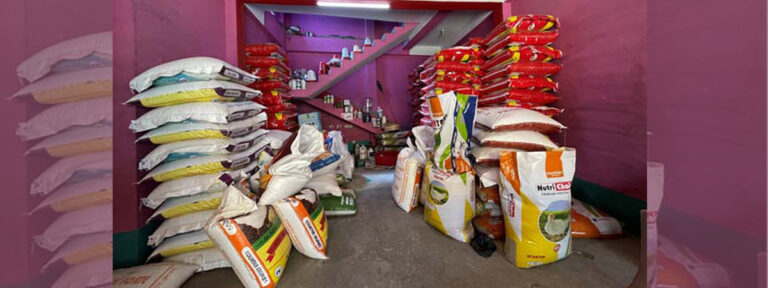Welcome to the city of joy!
After two years of a global pandemic, I return to Kolkata, the city of joy, in West Bengal. COVID-19 restrictions and visa delays mean that I arrive towards the end of February, and the warms days are a welcome reprieve from chilly England. Thankfully, restrictions have started to ease and my covid vaccinations allow me to avoid seven days of hotel quarantine and work begins in earnest. I’m here for my PhD studies, a collaboration between the Royal Veterinary College (UK), the London School of Hygiene and Tropical Medicine, and West Bengal University of Animal and Fishery Sciences (WBUAFS), researching how antibiotics are used during the production of chickens for meat (called broilers). This is an area of interest due to the link between antibiotic use and antibiotic resistance – a global threat to human and animal health and food security – and the frequent use of antibiotics in livestock production. One report estimates that antibiotic use is expected to rise over the next ten years, fuelled by rapid agricultural growth in many low- and middle-income countries, including India (Van Boeckel et al., 2015).
I have the pleasure of working with Dr. Ripan Biswas, from WBUAFS and colleague of my supervisor Dr. Indranil Samanta, who meets me at my hotel to discuss our fieldwork plans for the week ahead. We will start by travelling out of Kolkata into two districts, Purba Bardhaman and North 24 Parganas, to meet with people working in the broiler industry.
During our first few days we travel north-west towards Purba Bardhaman, which takes around two hours by car. Our early rise gives us a head start over the notoriously heavy city traffic and towards late morning we enter a rural agricultural environment dominated by rice paddy fields and small-scale livestock holdings. Our days consists of interviews with broiler farmers, local animal healthcare providers, and medicine, chick, and feed dealers. The people we meet are extremely friendly and seem eager to share their experience with us. We hear stories of opportunities offered by the broiler industry and the challenges faced during production. Where participants consent, interviews are voice recorded to allow for data analysis and not only capture these broiler chats but are peppered with birdsong from surrounding wildlife. During one interview, my attention is distracted by the sight of a kingfisher hovering above a fishpond before diving for its dinner.
We are shown several broiler sheds, largish structures constructed from a mix of brick, wood, bamboo, and concrete which usually house between one and two thousand birds during their 40–45-day lifecycle. Towards the end of the second day, we visit a farm not easily accessible by road and so take a 20-minute stroll to get there, a welcome break from the car. Here we conduct an interview with the farmer besides his house, surrounded by well-tended marigolds, and talk about some of the challenges of farming in such a remote location. Our journeys back to the city take some time as we join long convoys of trucks on the road from Delhi and progress is slow but provides an opportunity to talk about the day and digest a podcast or two. Three hours later we arrive back in Kolkata, tired but satisfied.
Days three and four see us travel north-east into North 24 Parganas. Traffic is a little easier, and we make good time in getting to our fieldwork sites. Here, the interviews provide some similar, some differing information on broiler production thus creating avenues for further enquiry. We hear from several people about the effects of COVID-19 on broiler production, the financial difficulties they have faced, and subsequent changes which have been made to mitigate the crisis. Many interviews take place outside, sat in the shade of a tree, and provide opportunity to marvel at the beauty of the surroundings. Our last interview of the day ends with an unseasonably heavy downpour of rain, and we move into the shelter of our interviewees home. As we wait for the rain to stop, we discuss their beautiful display of flowers beside the broiler sheds and hear the secret of their gardening success – chicken manure fertiliser.
These first few days have provided a great start to the research project; it has been wonderful to hear people’s stories and I have been touched by their willingness to give their time and hospitality. Fingers crossed next week will deliver much of the same!





